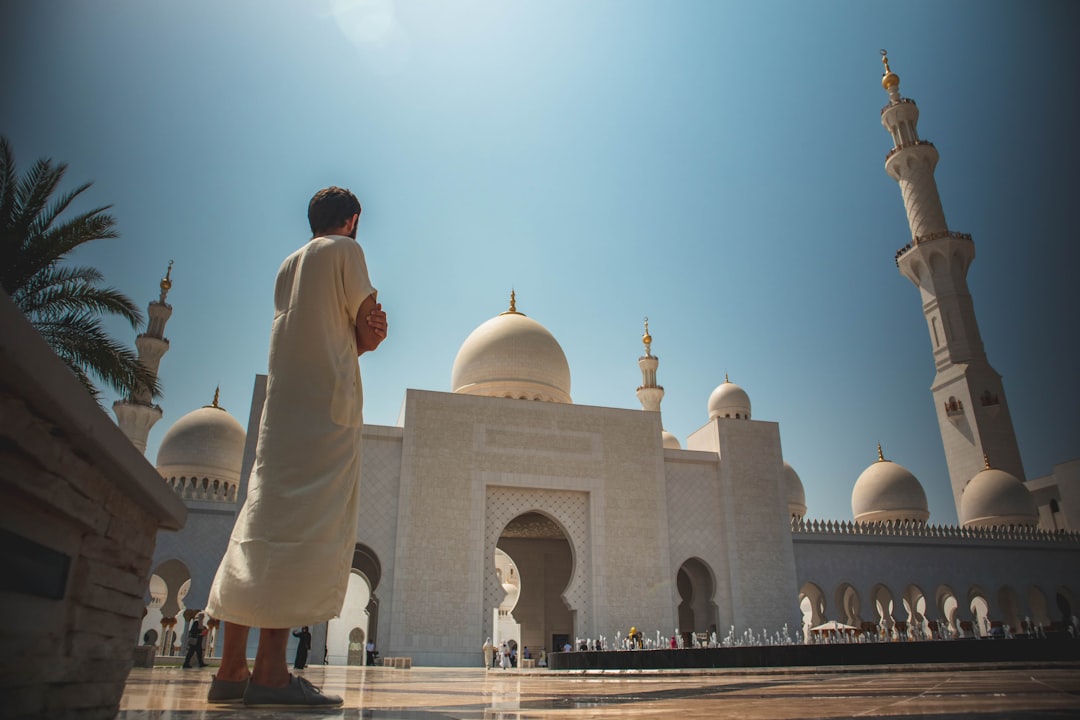From the dusty caravan routes of Greater Khorasan to the bustling markets of Cairo and the sacred precincts of Mecca, Naser Khosrow’s Safarnameh stands as one of the medieval Islamic world’s most vivid travelogues. Equal parts pilgrimage narrative, cultural survey, and philosophical reflection, it offers modern readers a window into the politics, religion, and daily life of the 11th century.
The Man Behind the Journey
Born in 1003 CE in Qubadian (in today’s Badakhshan, Afghanistan), Naser Khosrow rose to prominence as a secretary and financial official in the Ghaznavid and early Seljuk administrations. Despite his worldly success, a powerful dream in late 1045 prompted him to forsake courtly life and embark on a spiritual quest. His destination: the Hajj to Mecca—but his route would take him far beyond the well-trodden path.
Setting Forth: March 5, 1046
On 5 March 1046, Naser Khosrow departed Marw (near modern-day Mary, Turkmenistan), accompanied by his brother Abu Sa‘id and an Indian attendant. Rather than heading directly south, he journeyed northwest toward the Caspian Sea, determined to observe firsthand the diversity of Islamic societies. His painstakingly kept journal would later be compiled into the Safarnameh—literally, “Book of Travels.”
Crossing Iran, Armenia, and Asia Minor
From Khorasan, Khosrow traversed:
-
Northern and Western Iran: Brief but insightful sketches of cities like Nishapur, where he notes justice and social order.
-
Christian Armenia: Observations on market customs and religious minorities.
-
Asia Minor (Anatolia): He marvels at the fortifications of Mayyafariqin and Amid (modern Diyarbakır), praising their architecture and governance.
These passages blend civic reportage—on everything from coinage to qanat water systems—with ethical reflections drawn from his Ismaili Shia convictions.
The Levant and Jerusalem
By late 1046, Khosrow had crossed into Syria and the Levant. He paints Aleppo’s Citadel, the poet-scholar al-Ma‘arri of Ma‘arrat, and the Shi‘i communities of Tripoli with equal curiosity. In March 1047, he reached Jerusalem, offering almost “photographic” detail of the Dome of the Rock, al-Aqsa Mosque, and the city’s walls—remarkable for their precision even by modern archeological standards.
Pilgrimage and Cairo Sojourn
Although his first visit to Mecca in 1047 was a shorter “ʿumrah,” he promised himself a fuller pilgrimage on his return. Instead, Khosrow spent three years and three months (August 1047–October 1050) in Fatimid Egypt, centered in Cairo. There he studied Ismaili centers of learning, toured the Nilotic floodplains, and commented on everything from mosque endowments to folk customs. His appreciation for the Fatimid court’s justice and architectural grandeur shines through.
Completing the Circle: Return to Balkh
Finally, in October 1052, after seven years on the road, Naser Khosrow returned to his native Balkh. He set about organizing his notes—transforming them into the Safarnameh’s sober, straightforward prose. Unlike his more lyrical Diwan of poems, the Safarnameh reads as a systematic survey: cities by day, caravans by night, marketplaces and minarets in between.
Literary and Historical Significance
-
Foundational Travel Literature: Long before Marco Polo, Khosrow offered one of the Islamic world’s earliest comprehensive travelogues—earning him the moniker “the Eastern Marco Polo.”
-
Ismaili Intellectual Legacy: His detailed accounts underpin modern studies of Fatimid theology, urbanism, and administration.
-
Cultural Bridge: By recording Christian, Sunni, and Shia practices alike, the Safarnameh remains a testament to medieval pluralism.
Why Read the Safarnameh Today?
Even nine centuries on, Khosrow’s eyewitness clarity and moral earnestness continue to inspire:
-
Historians mine his notes for data on 11th-century currency, architecture, and ritual.
-
Literary scholars admire the concise, purpose-driven style that balances fact with ethical commentary.
-
Travel writers find in his work a reminder that every journey can illuminate both the world and the self.
“He who travels learns: of markets, cultures, and the heart’s own hidden chambers.”
Through the Safarnameh, Naser Khosrow invites us not only to traverse great distances but to look closer at our shared heritage—one caravanserai, one minaret, and one moral lesson at a time.





